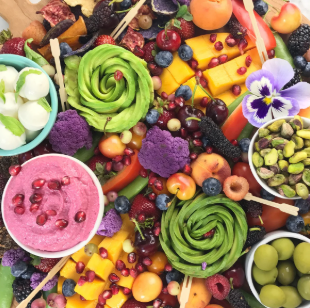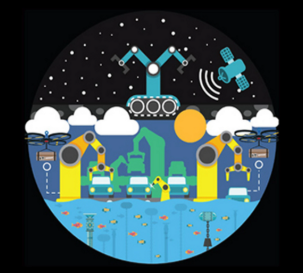Starting a new class online can feel a bit awkward, especially when students don’t know each other yet.
Virtual classrooms are unique in that they require more intentional connection-building than traditional classrooms.
That’s where icebreakers come in—they’re a fun and simple way to help students feel more at ease, foster engagement, and build a sense of community.
Here are some friendly, effective, and age-appropriate virtual classroom icebreakers that can make your next online session more interactive and welcoming.
1. Two Truths and a Friendly Fib
Each student takes a turn sharing two true facts and one made-up “friendly fib” about themselves. The rest of the class tries to guess which one isn’t true. It’s lighthearted, fun, and helps students share unique things about themselves in a low-pressure way.
Example:
-
I play the violin.
-
I have a pet turtle.
-
I’ve been to five countries.
2. Show and Tell: Home Edition
Invite students to share a favorite object from their room—like a book, toy, or drawing—and explain why they love it. This helps personalize the learning space and sparks conversation among classmates.
Bonus tip: Keep it short—1 to 2 minutes per student works best for maintaining energy and interest.
3. Virtual Scavenger Hunt
Give students a list of common household items (like something red, something soft, or something that smells good) and a time limit to find and show them on camera. It’s interactive and encourages movement, which can be a great brain break.
4. Emoji Mood Check-In
Ask students to post an emoji in the chat that reflects how they’re feeling that day. You can even follow up by inviting a few volunteers to share why they picked their emoji. This simple activity promotes emotional awareness and lets students know it’s okay to express themselves.
5. Would You Rather?
Pose a series of “Would You Rather” questions that are silly or thought-provoking but always appropriate. These can help students share opinions in a relaxed way.
Sample questions:
-
Would you rather fly or be invisible?
-
Would you rather eat only pizza or only ice cream for a week?
-
Would you rather read a book or watch a movie?
6. Name Game with a Twist
Ask each student to say their name along with an adjective that starts with the same letter (for example, “Cheerful Charlie” or “Kind Katie”). It’s a fun way to learn names and boost memory.
7. Virtual Background Challenge
Encourage students (if possible) to choose a virtual background that represents their favorite place, food, or hobby. Then they can take turns sharing the story behind it. This helps students express themselves visually and learn about each other’s interests.
Tips for Successful Virtual Icebreakers
Keep it inclusive: Choose activities that everyone can participate in, regardless of background or access to materials.
Time it right: Use icebreakers at the beginning of the term, after breaks, or whenever the energy feels low.
Encourage participation, not pressure: Offer a chance to opt out or pass if someone feels uncomfortable.
Final Thoughts
Icebreakers can do more than just fill time—they help set the tone for a respectful, enjoyable, and connected learning environment. When students feel comfortable, they’re more likely to speak up, collaborate, and enjoy their virtual learning journey.
Try one of these activities in your next virtual classroom session and watch the room (and screens!) light up with smiles and stories.






